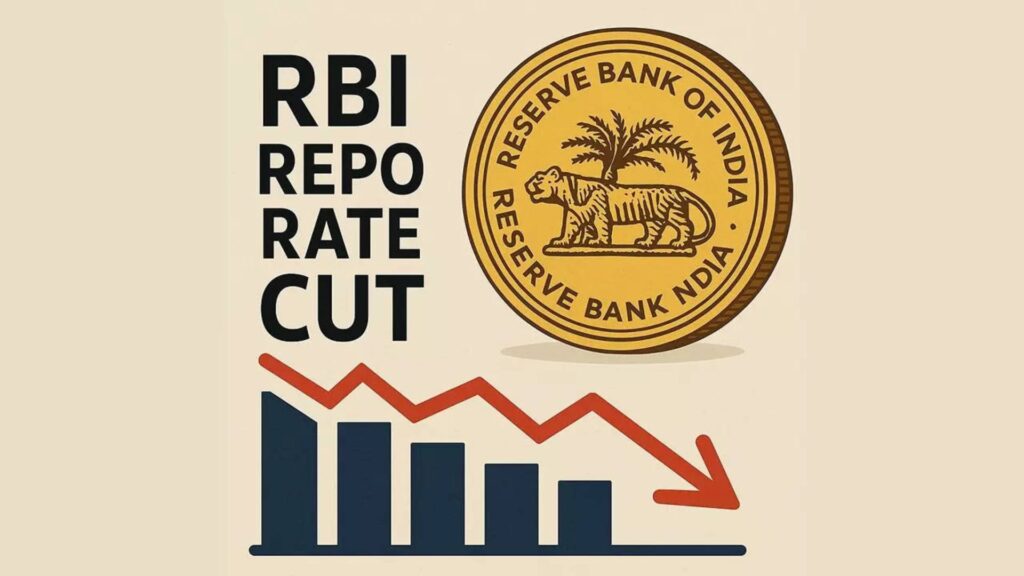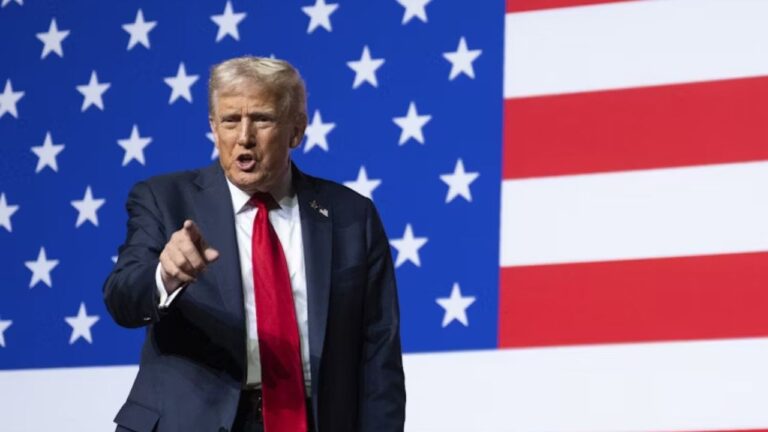
The Reserve Bank of India (RBI) has revised its GDP growth forecast for the financial year 2025–26, citing rising global trade uncertainties, particularly those stemming from recent US tariff measures. The central bank now projects India’s real GDP growth at 6.5%, down from the earlier estimate of 6.7%.
Speaking at the post-Monetary Policy press conference, RBI Governor Sanjay Malhotra emphasized that concerns over tariff-related disruptions have overshadowed inflationary risks. “More than inflation, it is the uncertainty caused by trade tariffs, especially those imposed by the US, that is worrying us,” he said.
The US government, under President Donald Trump, recently implemented a set of reciprocal tariffs, including a significant 26% duty on Indian exports. These tariffs came into effect on the same day as the RBI’s policy announcement.
Governor Malhotra noted that the global economic environment remains fragile due to these protectionist measures. “The recent trade tariff-related actions have intensified uncertainties, creating new challenges for global growth and price stability,” he remarked. He also pointed out several financial market reactions, including a weakened US dollar, declining bond yields, falling crude oil prices, and corrections in global equity markets.
Despite these challenges, Malhotra expressed cautious optimism, stating that India may be better positioned than other countries to absorb the tariff shock. “The impact on India may be relatively limited due to our comparative advantages,” he said.
The RBI also lowered its quarterly growth projections: Q1 and Q2 of FY26 are expected to grow at 6.5% and 6.7%, respectively, while Q3 and Q4 are forecasted at 6.6% and 6.3%.
In a move to support economic momentum, the RBI cut the benchmark repo rate by 25 basis points to 6%, marking the second consecutive rate cut. Additionally, the central bank shifted its policy stance from “neutral” to “accommodative,” signaling its intent to use lower interest rates to stimulate growth. The RBI’s decisions come amid a complex global backdrop and reflect a balancing act between domestic economic stability and external headwinds.




